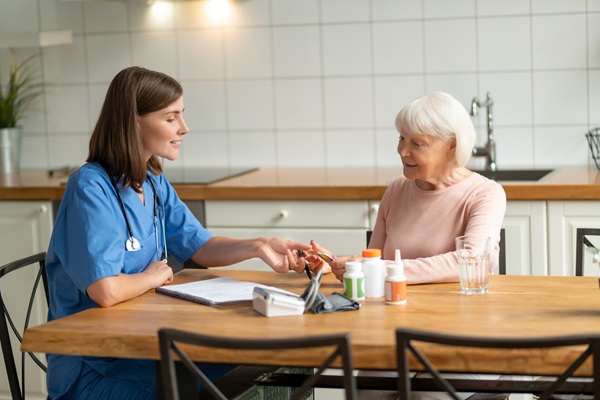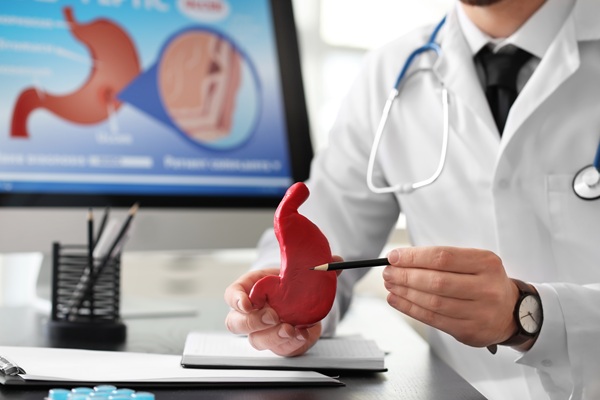Early Signs of Breast Cancer

The most common type of cancer for women is breast cancer. Because of this, it is important to be aware of early signs and to perform self checks regularly. There are many factors that can contribute to a patient’s likelihood of contracting breast cancer, including genetics, autoimmune function, atypical cells and lifestyle.
The key is early diagnosis
The survival rate of breast cancer continues to rise among patients who were diagnosed early. When breast cancer is caught early, there are more treatment options available, and it is less likely the cancer will spread to other parts of the body. Also with early diagnosis, the state of cancerous cells continues to be monitored heavily in order to revise or make recommendations to a patient’s recovery plan.
How to do a self-exam
Women 25 and older should perform a self exam for breast cancer every other week. A self-exam is when a woman examines her own breasts for possible signs of cancer. This can be an effective way to detect breast cancer early. To perform a self exam, a woman should first look at her breasts in a mirror and attempt to notice any difference in coloration, shape, puckering or any changes in her breasts and nipples.
Next, with arm raised, use the three middle fingers to feel around the breast, attempting to detect any lumps or odd shapes.
Signs to look for
There can sometimes be visual signs of breast cancer, such as drastic change of shape of breast or nipple, swelling, discoloration or dimpling. If you see these, it does not mean you have breast cancer. It does mean that you should call a doctor, however.
Non-visual signs to look for include lumps around the breast and even sensitivity or swelling of the breast. If you are experiencing these, you should call a doctor.
Genetics
Genetics continues to be the biggest indicator of whether a woman will get breast cancer. Even if you do not see any signs of breast cancer, if it runs in your family, be sure to keep up with self exams and mammograms. Also, be sure to accurately inform your doctor about your genetic history so that they can help you with additional precautions.
Mammogram
A mammogram is an X-ray of the breast. It is included with most insurance plans as preventative care. Women 33 years of age or older are recommended to get a mammogram each year. It is a key component in early detection of breast cancer. Once doctors are provided with this visual, they can expertly assess if cancer is present or at risk in the body and may catch something not detectable with a self exam only. It is important to keep up with mammograms as an effective early detection method.
Stay aware of breast cancer signs
There are several signs that a woman may have breast cancer or increased risk of breast cancer. Genetics and self exams prove to be effective early indicators, as well as regularly scheduled mammograms. Awareness of breast shape, size and coloration can help self exams be more effective. Early detection is a key indicator of survival rate of breast cancer.
Request an appointment in our Marlton office here: https://lindenbergcancer.com.


